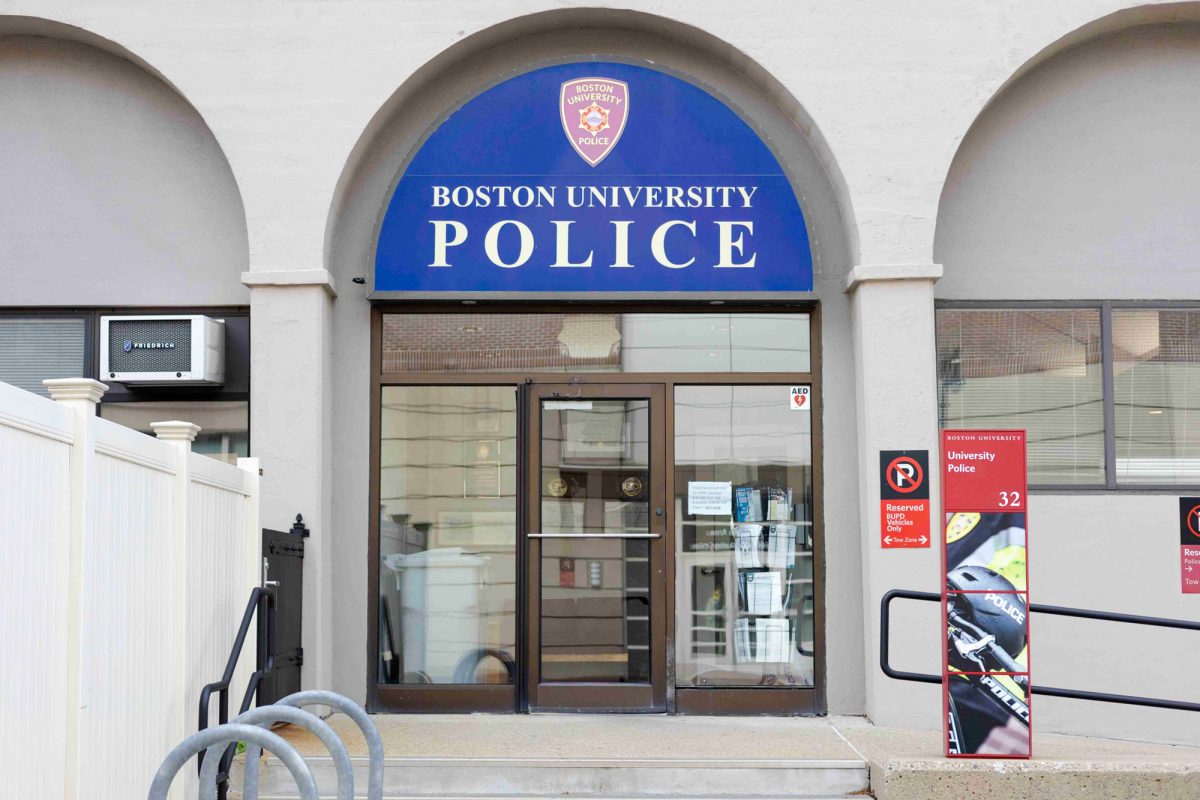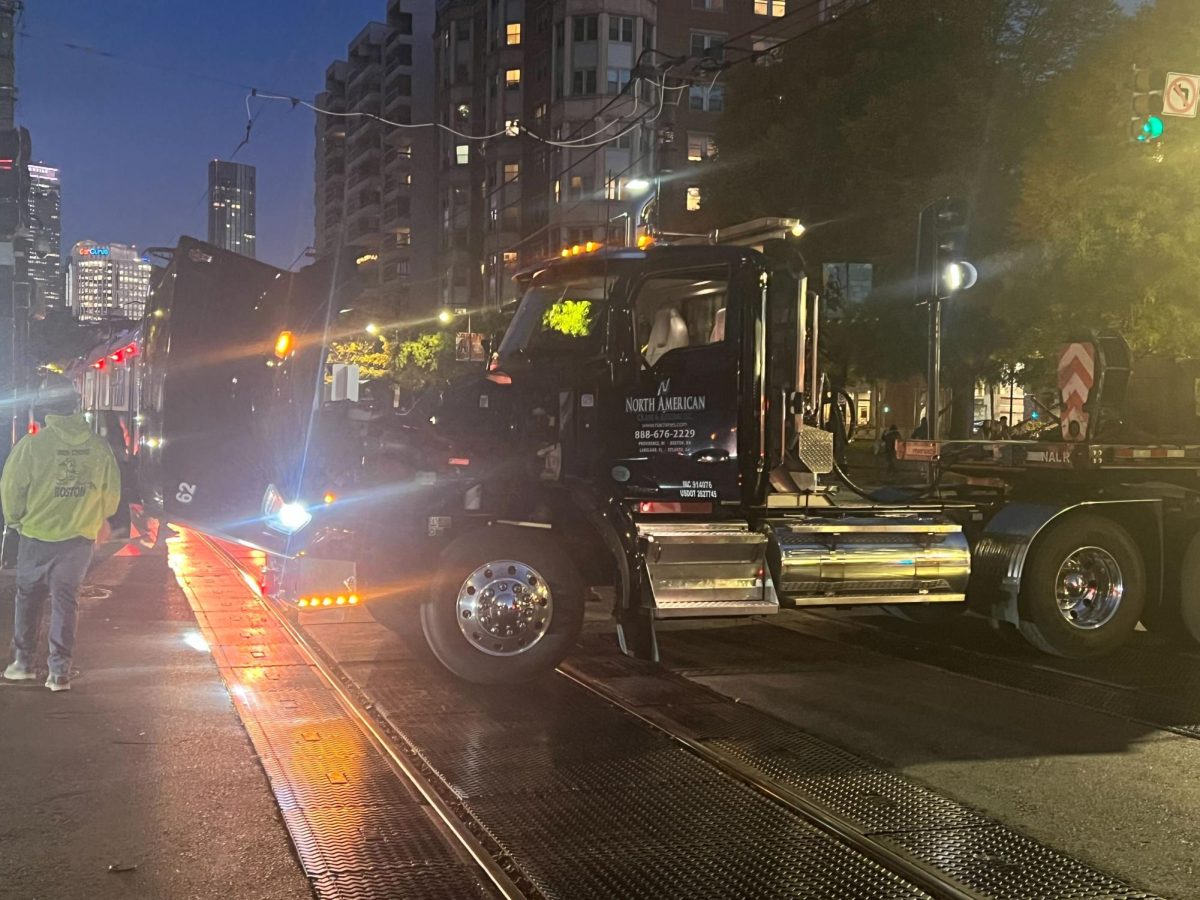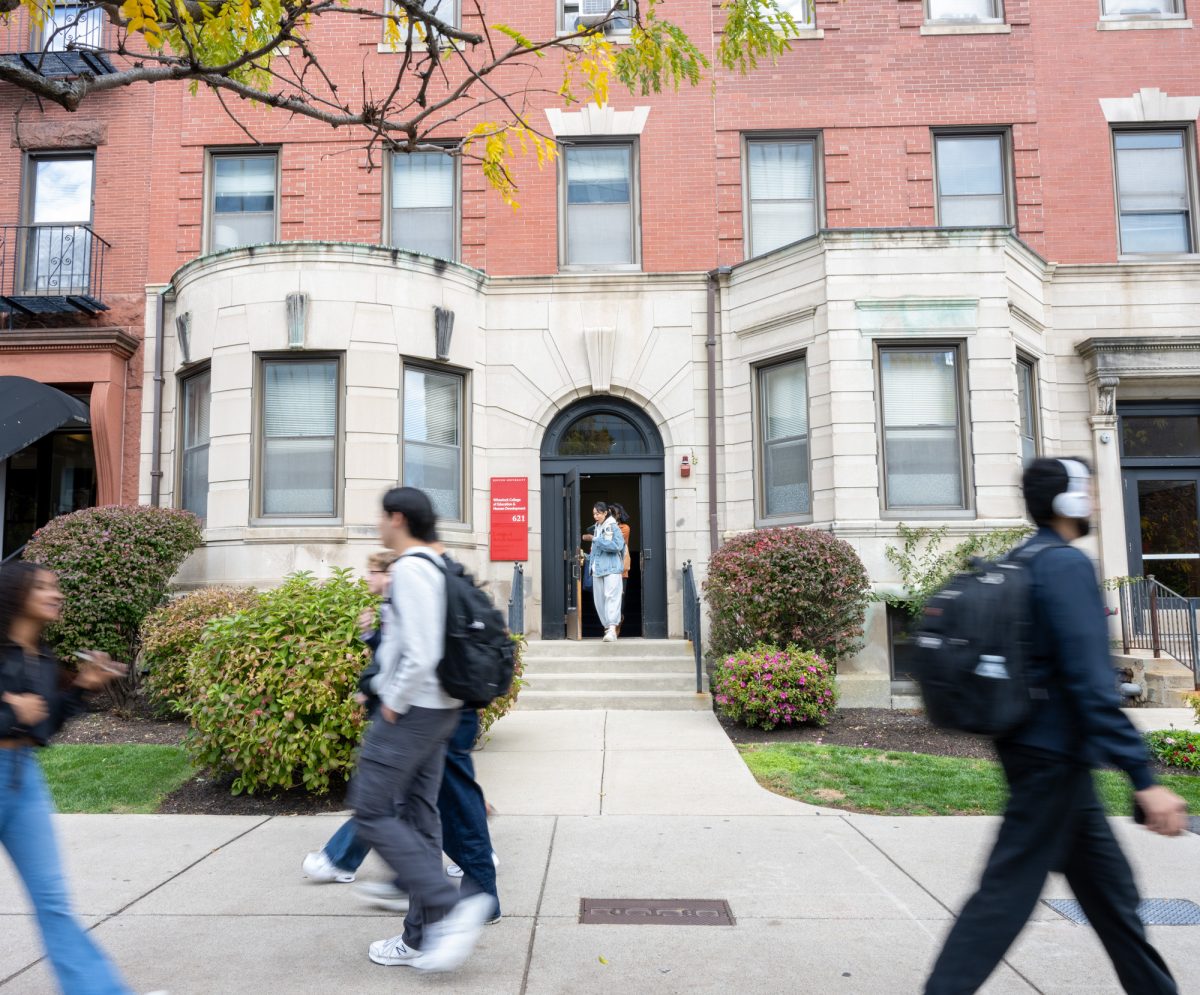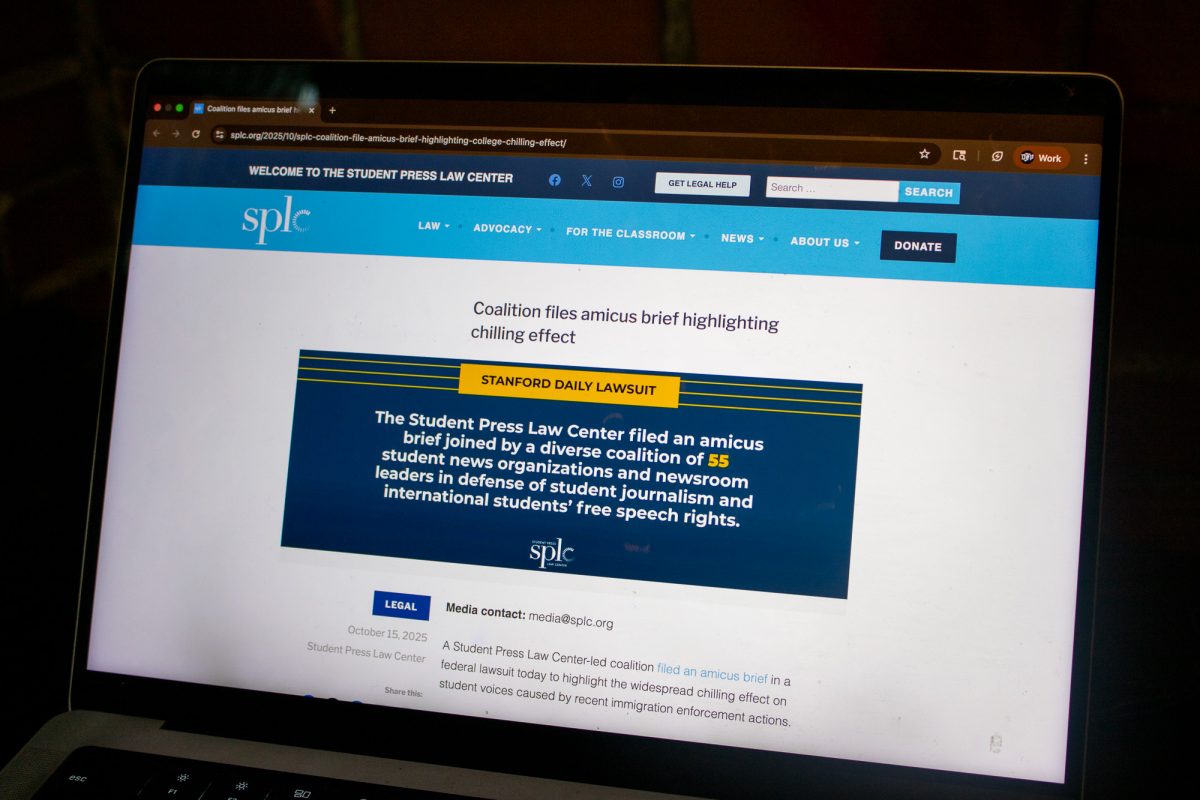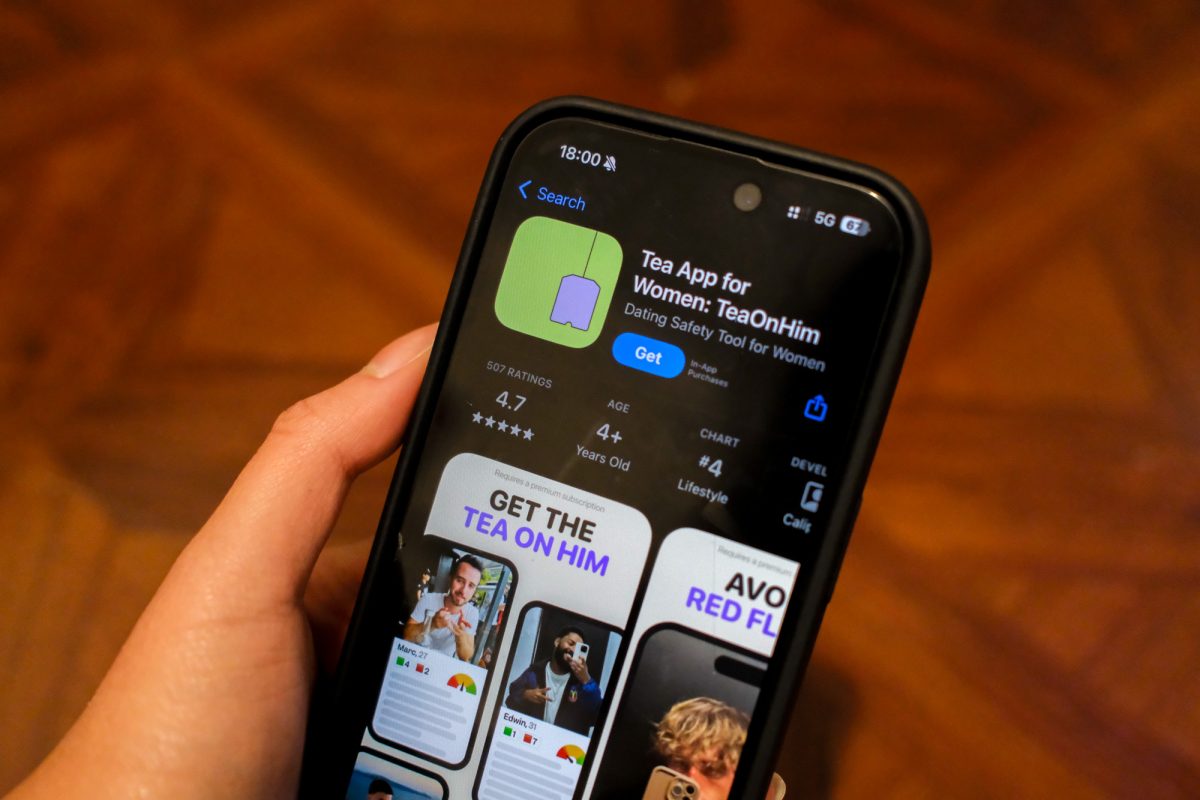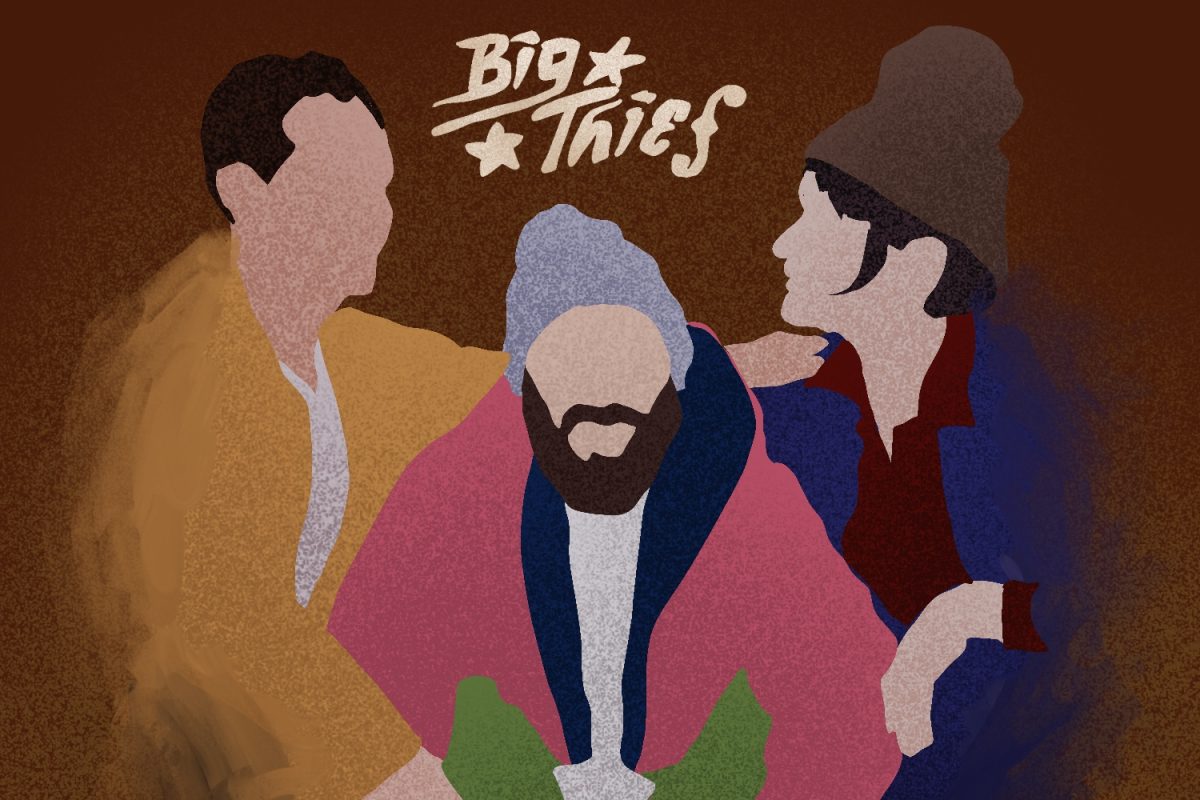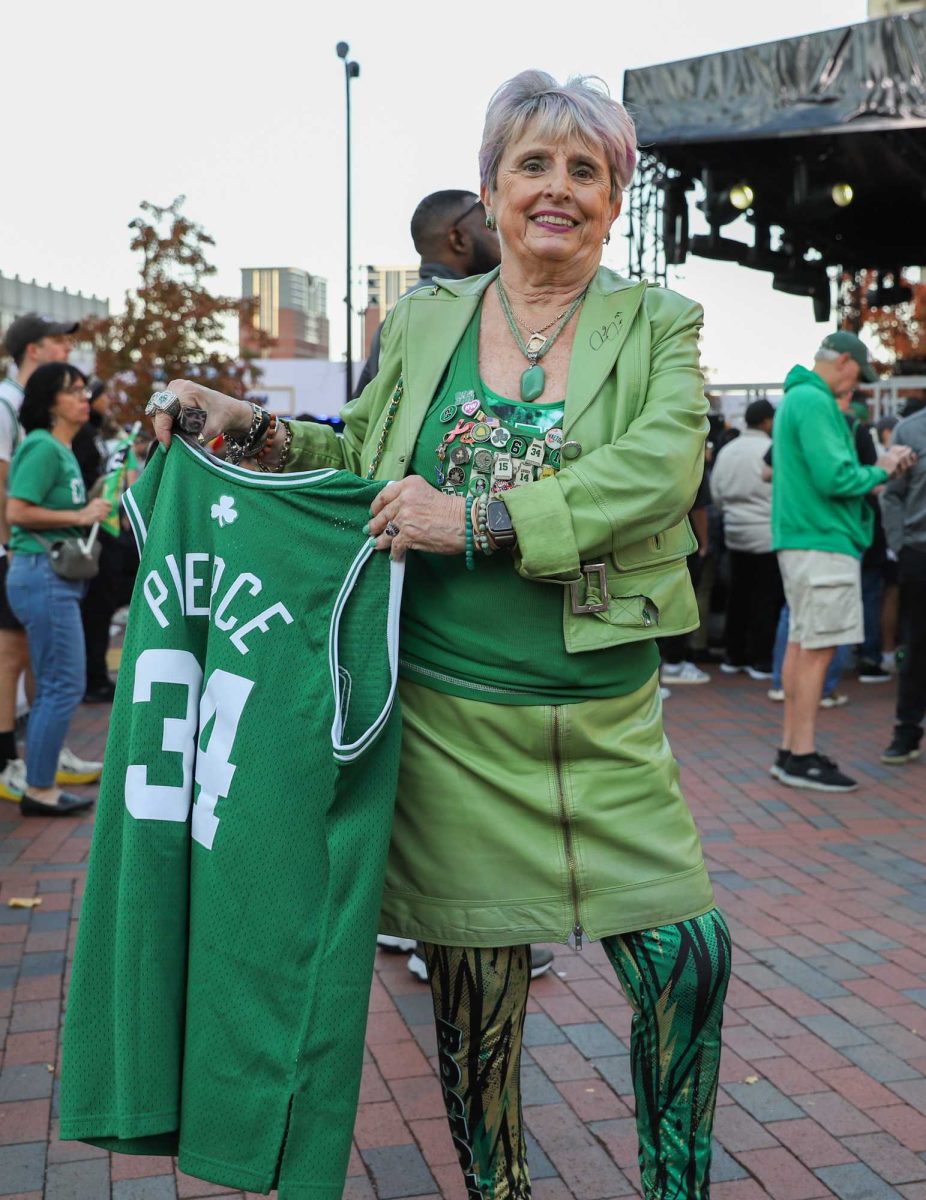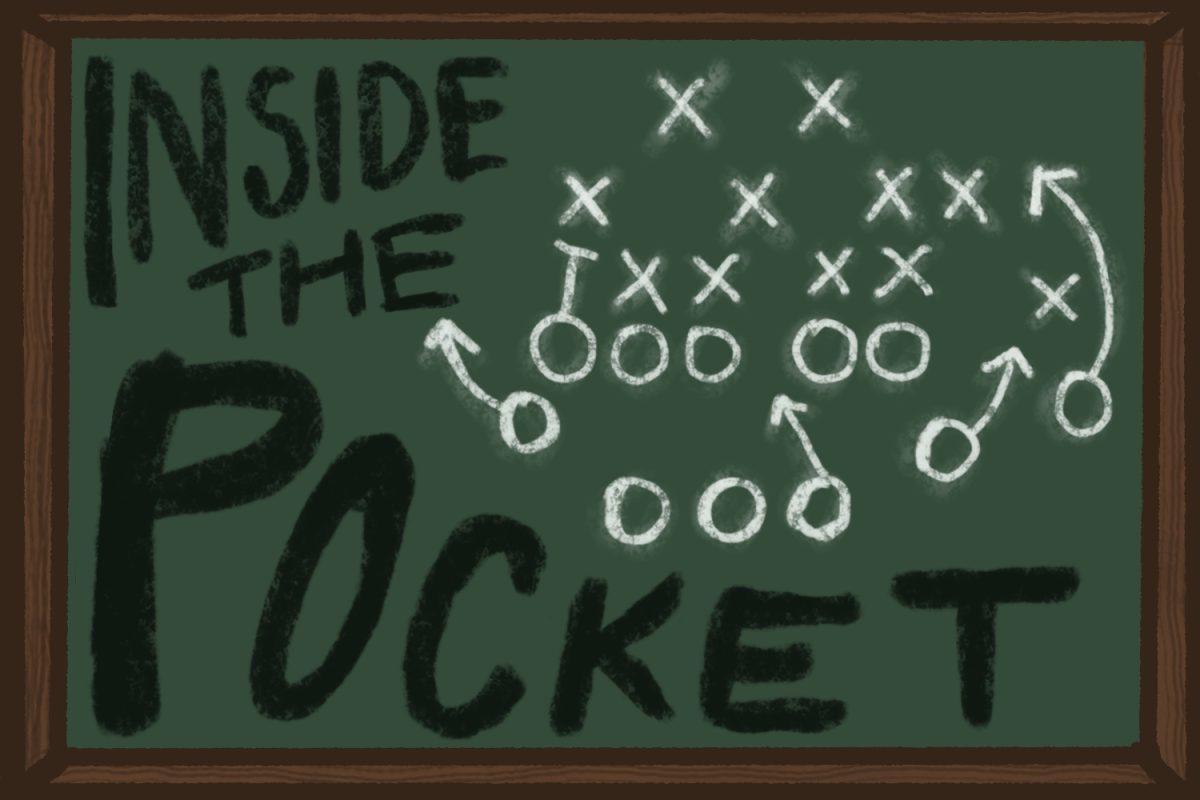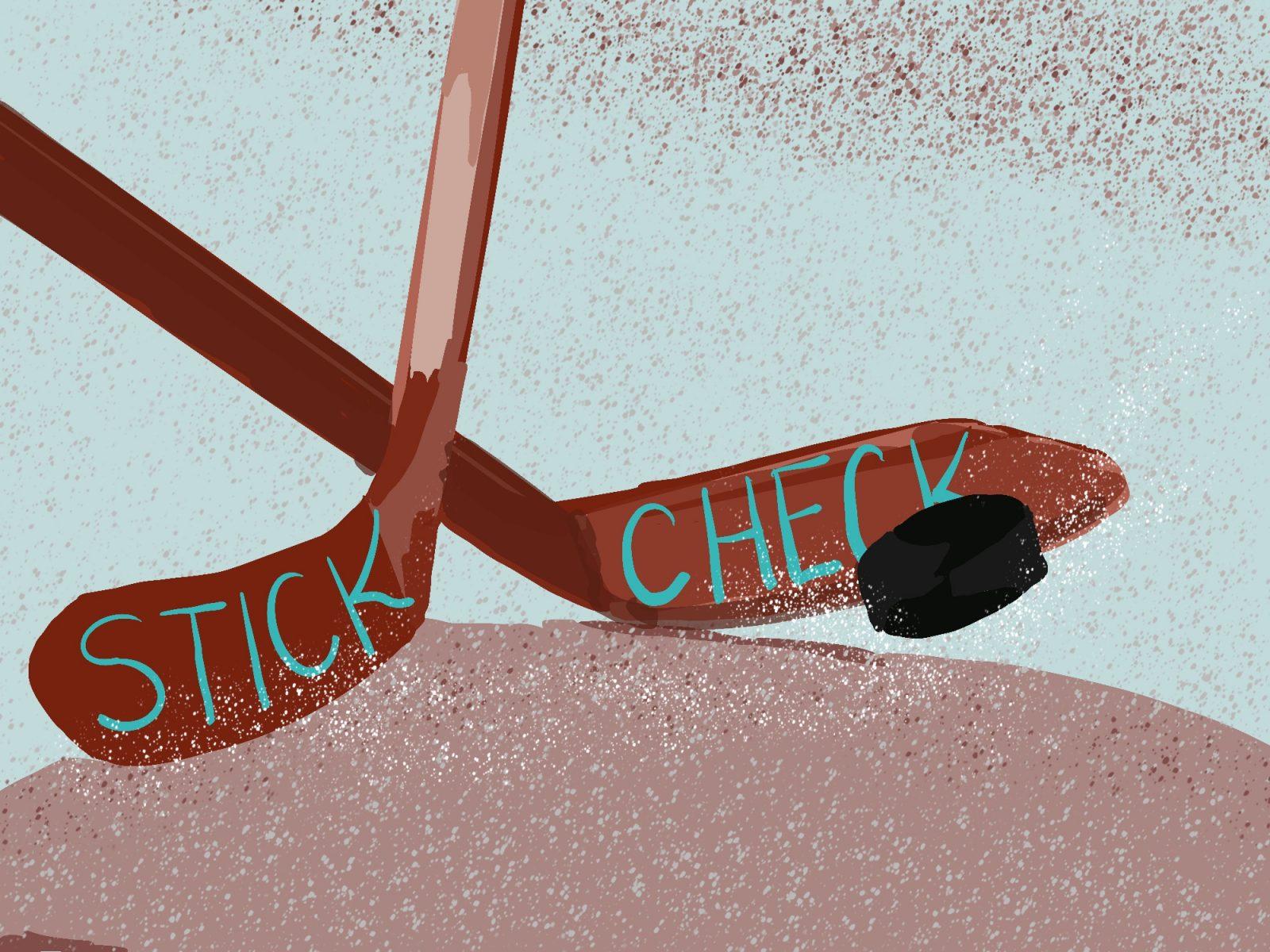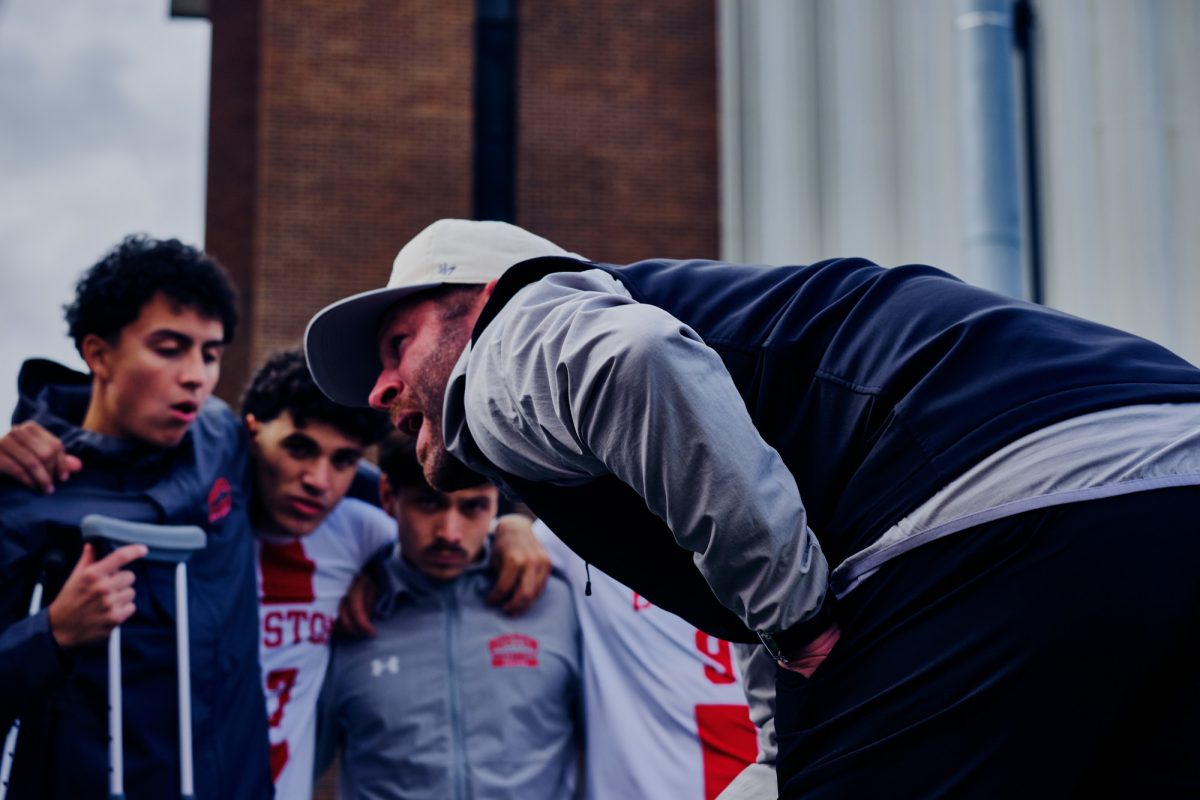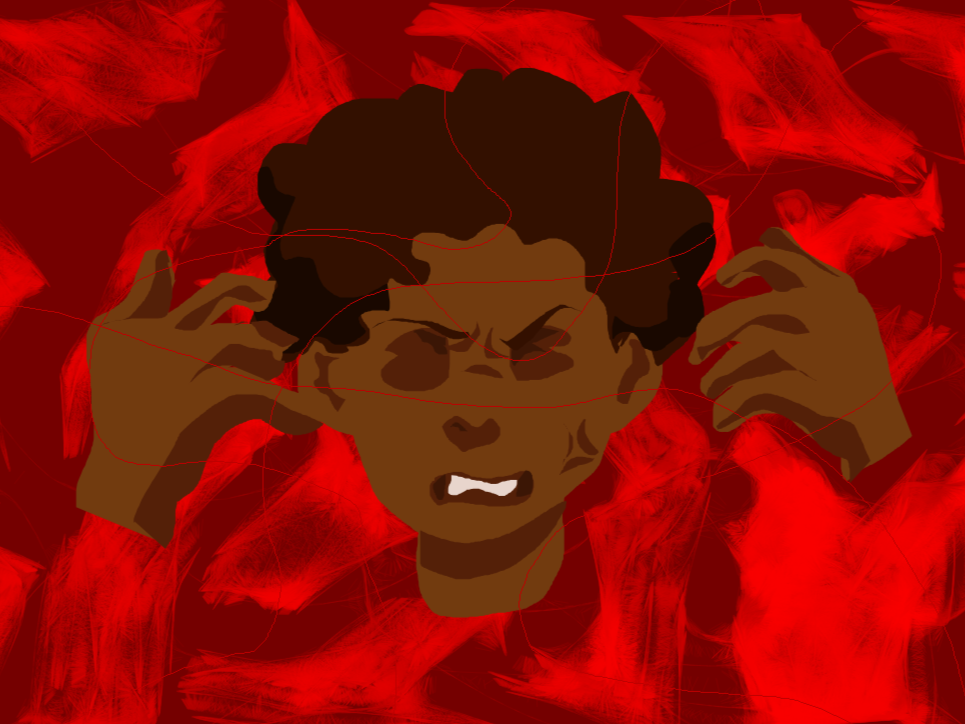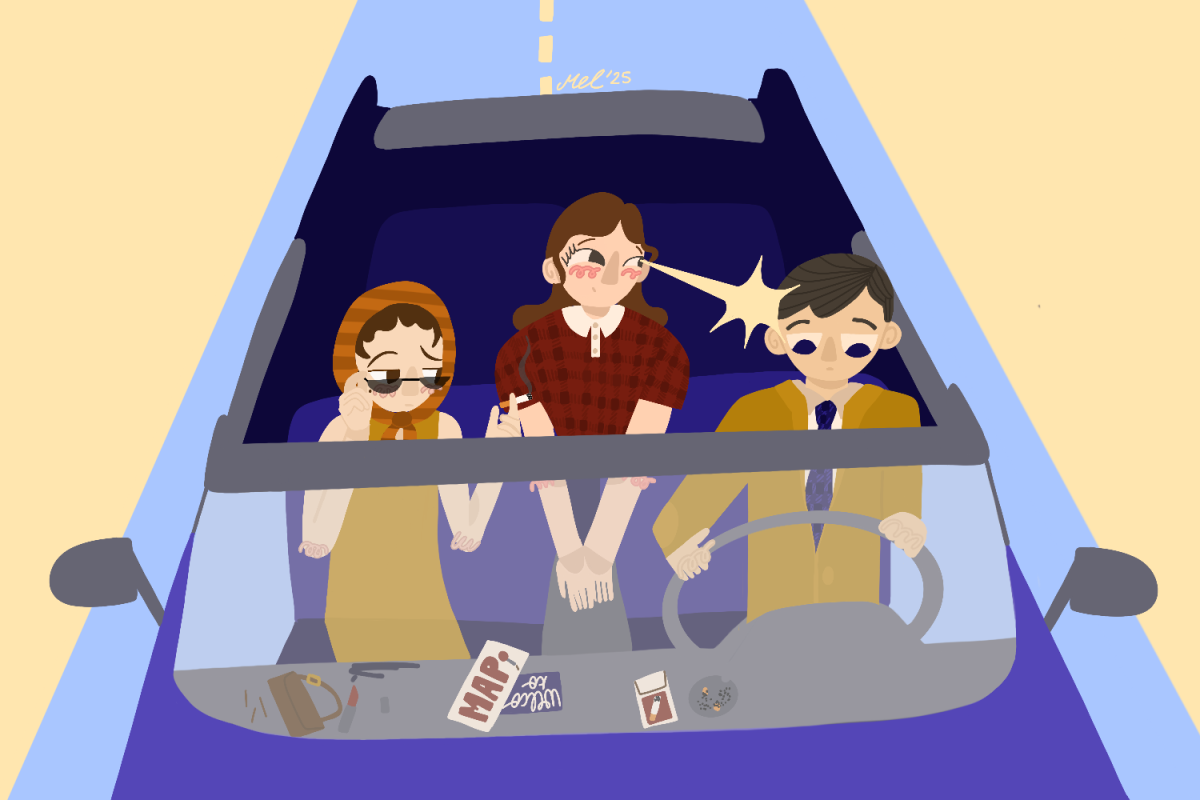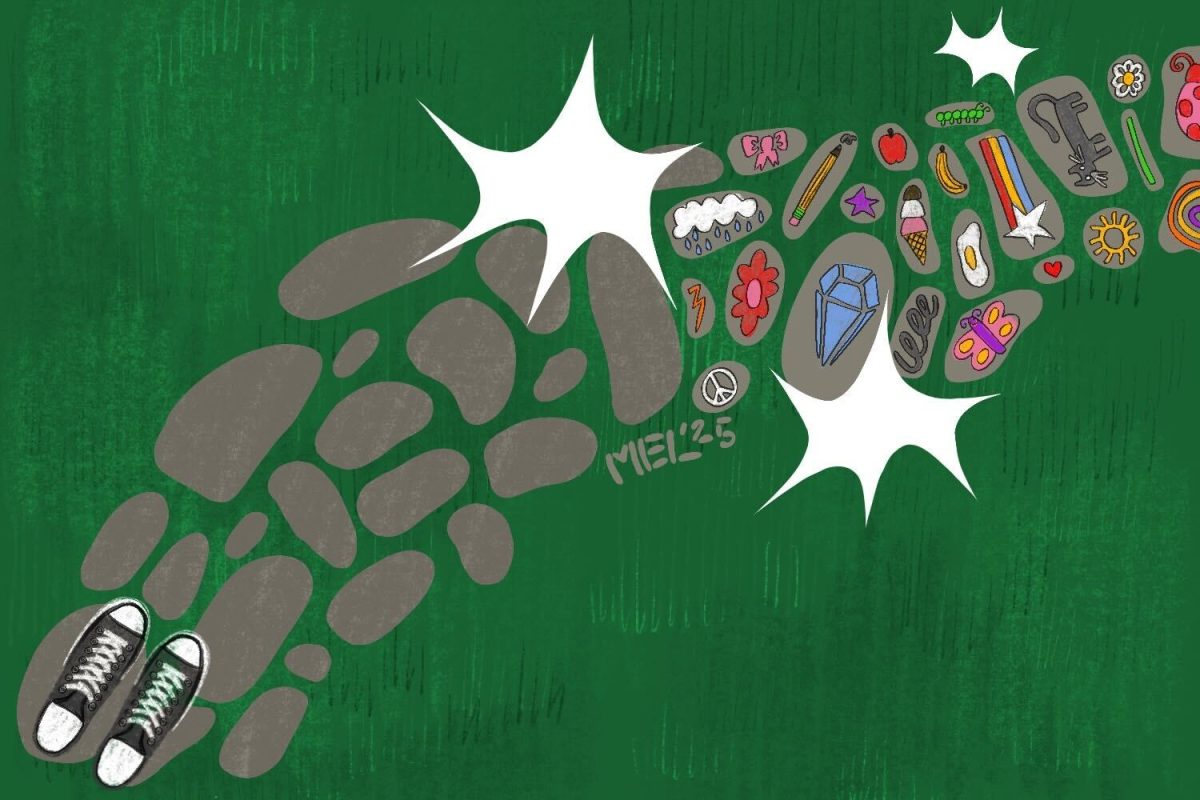Students should keep in mind that a fun night of partying may translate to a horrible morning, representatives of the Women's Resource Center said Tuesday.
Five students gathered at the WRC to participate in the discussion titled "Mocktails and Moxie: A How-to on Partying."
WRC representatives distributed mock cocktails and pamphlets on party safety while students engaged in a discussion about better partying and drinking habits.
Though attendance was low, those who participated shed light on their personal experiences with partying and learned about the negative repercussions of alcohol.
College of Arts and Sciences junior Sarah Merriman said she organized the discussion to bring students together to talk about the importance of drinking safely when they go out.
"It's scary how fast people drink and how much they drink, and it's very unsafe," she said. "My roommate got roofied one year."
Elizabeth Douglas, coordinator for alcohol and other drug programs at Student Health Services, spoke about alcohol and how to drink safely while at a party.
"Alcohol is the number one date rape drug," she said. "It's something that's used a lot and it's easy to get your hands on."
However, it is not the only date rape drug in use. Other common ones include GHB, Ketamine and Rohypnol, according to a pamphlet handed out at the WRC for the occasion.
Douglas said that the best way for students to avoid getting these slipped in their drinks is to watch their drinks at all times and make sure they know where they are coming from.
Most people are unaware of what they are drinking and therefore lose track of how many drinks they've had or do not realize what it is they are consuming, she said.
Douglas advised students to go to a hospital to get tested if they think they've been drugged.
"The first time I ever drank, I was so stupid. I probably had like, nine shots within an hour because I didn't feel it," said a CAS junior who wished to remain anonymous.
Douglas said people should realize that all actions have consequences, she said.
To avoid potentially terrible mornings, Douglas advised students to keep track of how many drinks they consume, either by pouring the drinks themselves or holding on to the can tabs.
According to the pamphlet, the typical red cup of beer served at parties is equal to one and a half servings of beer.
Attendees also discussed alcohol poisoning, which occurs when the blood alcohol content of a person is very high.
"Alcohol poisoning is a medical emergency," Douglas said.
Regardless of body type, gender or size, alcohol leaves the body at a steady rate, and taking measures such as drinking coffee or showering does not change the rate at which alcohol leaves the body, the pamphlet stated.
The group also touched upon the fact that students are sometimes hesitant to ask for help on their friends' behalves if their friends have consumed too much alcohol because they think they'll be in trouble for drinking themselves.
However, according to the BU Lifebook, any student who seeks medical assistance on his, her or another student's behalf "will not be subject to university disciplinary sanctions for possession or use of that substance so long as the student completes all education and counseling programs recommended by the University."
"It's often if you're caught with alcohol in your room...that's when you get in more trouble," said CAS junior Ariana Katz.
Symptoms of alcohol poisoning include unresponsiveness, slow or irregular breathing, and sometimes blue-ish skin, according to the pamphlet.
"I wanted to have an event to teach people how to party safely while having a little bit of fun, which is why we [had] mocktails," Douglas said.
Party with caution, WRC reps said
By Daily Free Press Admin
•
September 21, 2010
0
Donate to The Daily Free Press
Your donation will support the student journalists of Boston University. Your contribution will allow us to purchase equipment and cover our annual website hosting costs.
More to Discover



